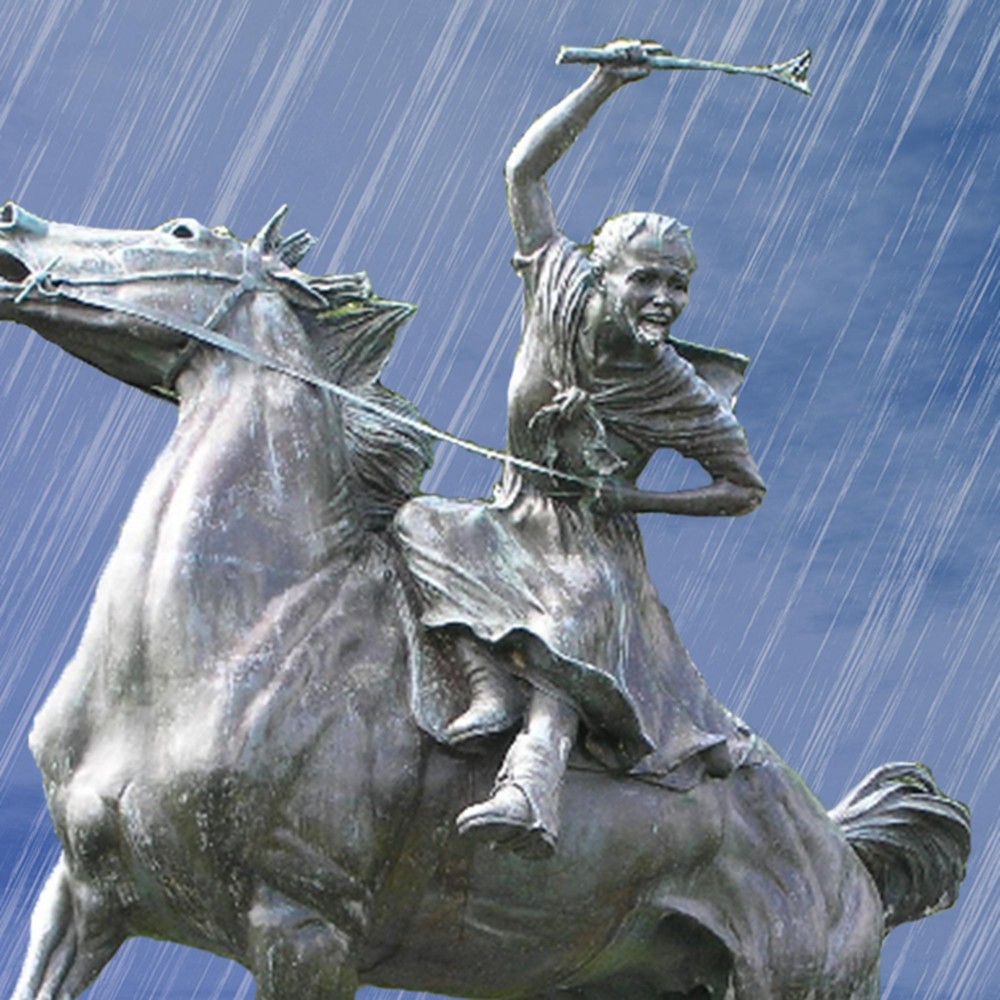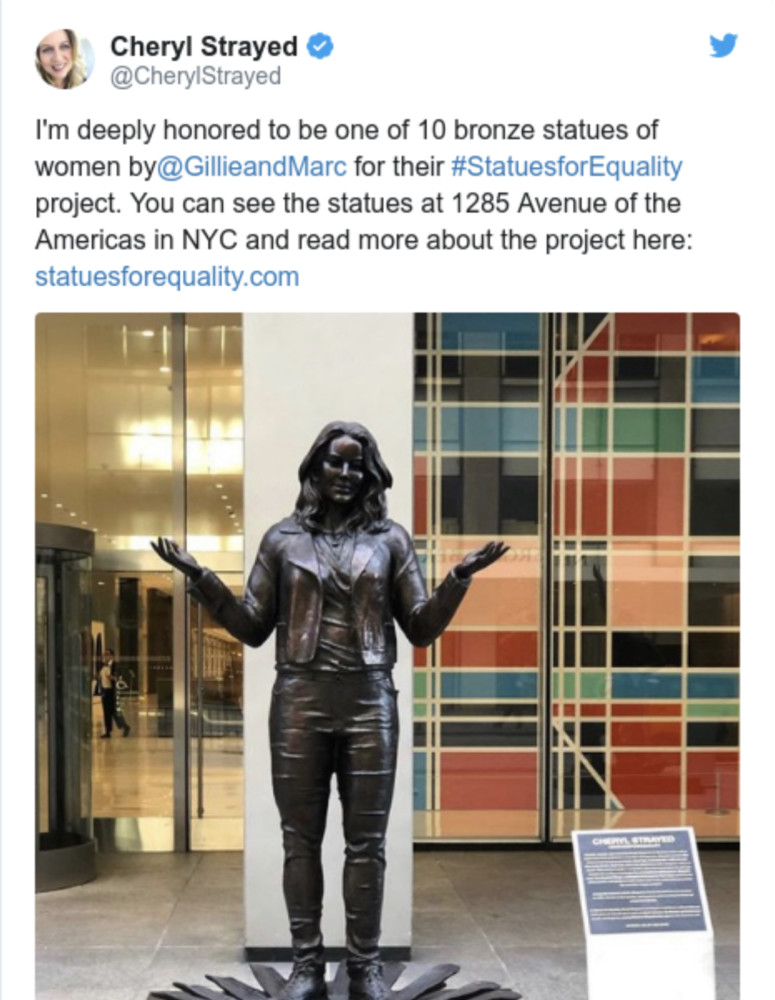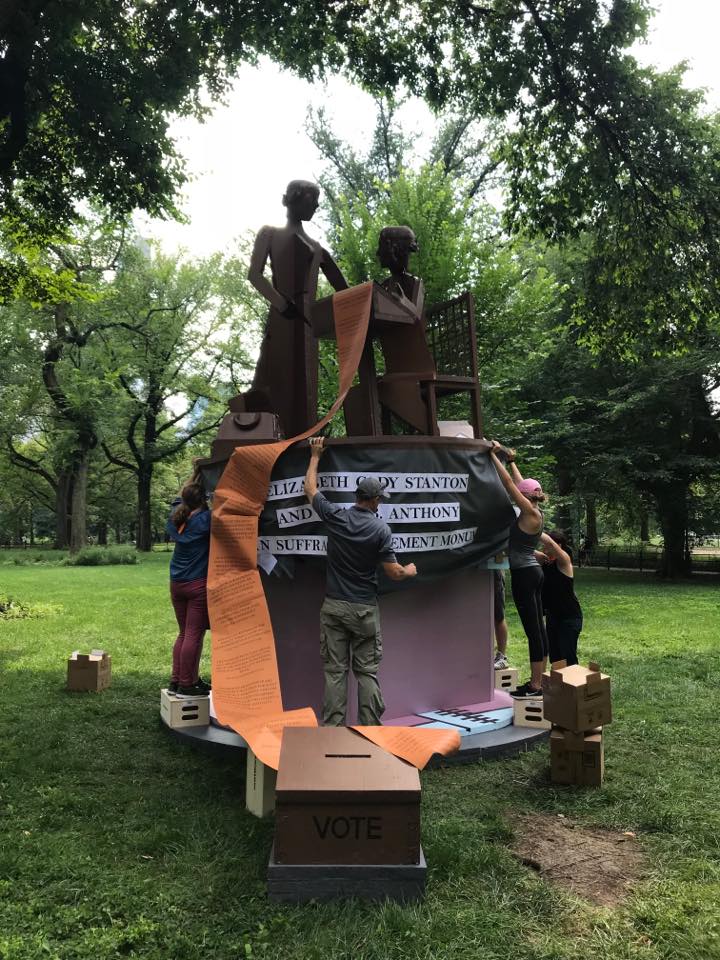By Richard Simon
Los Angeles Times.
WASHINGTON
The U.S. Capitol, home to inspiring statues of Andrew Jackson, Sam Houston, Ronald Reagan.
And Lucille Ball?
A group seeking to increase the number of women represented in the Capitol’s collection of statues includes the red-headed comedian on a list of California women who should be considered for Washington’s version of a national hall of fame.
Since 1864, each state has been authorized to place statues of two of its distinguished deceased citizens in the Capitol.
Some are well-known figures such as humorist Will Rogers, who represents Oklahoma. But many are obscure. Take Julius Sterling Morton (the founder of Arbor Day), who represents Nebraska.
In recent years, states have moved to bring in better-known figures. Iowa last month substituted a statue of Norman Borlaug, known as the father of the Green Revolution, for a likeness of James Harlan, a 19th-century senator and Interior secretary.
California was among the first states to swap statues, bringing in Reagan in 2009 in place of Thomas Starr King, who had stood in the Capitol since 1931 but often drew puzzled looks. King, whose statue now resides in Sacramento, was a Unitarian minister who helped keep California in the Union.
The group, Equal Visibility Everywhere, which aims to promote gender parity in the symbols and icons of the United States, has been working to increase the number of women represented in the Capitol’s collection, a popular tourist attraction.
Of the 100 statues in the National Statuary Hall Collection, nine are women, though Kansas plans to add a 10th, aviator Amelia Earhart.
Alabama in 2009 brought in Helen Keller, depicted as a 7-year-old holding her hand under a water pump in a scene made famous by the movie “The Miracle Worker.” (A statue of Rosa Parks was installed in the Capitol last year, but that is separate from the Statuary Hall collection.)
The group’s president, Lynette Long, has put together a list of possible women who could replace Father Junipero Serra, California’s other representative in the collection.
Her list includes famed Hollywood costume designer Edith Head, Pasadena-born chef Julia Child, naturalist Dian Fossey and Clara Shortridge Foltz, the first female lawyer in California, after whom the Los Angeles criminal courts building was named in 2002.
Long also mentioned Shirley Temple Black, who died in February, as another possibility. And she welcomed suggestions from the public.
Replacement statues must be approved by a state’s legislature and governor, and the state must pay for the statue, usually by raising private funds.
Long, a psychologist who lives in Florida, began her campaign after taking a tour in the Capitol in 2010 and noticing so few women honored in the Statuary Hall collection, dispersed throughout the Capitol and its visitor center.
Her efforts come as legislation to establish a commission to study the creation of a National Women’s History Museum in Washington has advanced in Congress.
Lucille Ball, who died in 1989, would be far more recognizable than a lot of other figures in the Capitol.
When she received Kennedy Center Honors in 1986, President Reagan joked that “on the occasion of little Ricky’s birth more people turned on ‘I Love Lucy’ than watched the inauguration of Dwight Eisenhower.”
And when President George H.W. Bush awarded her the Medal of Freedom posthumously in 1989, he said, “According to TV Guide, her face was seen by more people more often than the face of any human being who ever lived.”
If Ball ever does make it to Statuary Hall, the queen of TV would have some appropriate company. One of Utah’s statues honors inventor Philo T. Farnsworth, known as the “father of television.”

















































































































































































































































































































































































